There are more than a few pesky plants across the South that, if they come into contact with skin, will prompt rashes, burning, and pain. Yikes! We know many of them—poison ivy and oak, for example—but some take us by surprise. Study and keep an eye out for these plants when hiking or enjoying time in nature. Most importantly, be sure to keep your distance.
If you need to evaluate a plant that you think might be poisonous, be sure to do so visually. Don’t touch it unless you have gloves on. One brush with any of these rash-inducing plants, and you’ll never try tackling your yard work without gloves and long sleeves again. Read on for 10 dangerous plants and weeds you should never touch.
Hogweed
- Scientific Name: Heracleum mantegazzianum and H. sphondylium
- Sun Exposure: Partial Shade, Full Shade, or Full Sunlight
- Soil Type: Moist, Alkaline to Slightly Acidic (pH 6.0-8.5)
Hogweed is an invasive plant that grows throughout North America but is a particular nuisance along the Atlantic coast. The pain of hogweed, both giant (Heracleum mantegazzianum) and common (H.sphondylium), comes from the sap of the leaves, which can cause phytophotodermatitis. This chemical reaction occurs after exposure to sunlight, where the sap touches the skin. The result is painful, severe blisters on the surface of the skin. If it comes into contact with the eyes, it can also cause blindness.
Manchineel

- Scientific Name: Hippomane mancinella
- Sun Exposure: Full Sun
- Soil Type: Moist, Well-drained, Sandy, Loamy, Clay, Mildly Alkaline (pH 7.0)
This flowering tree (also known as the «beach apple») is native to the tropical climes of South America and southern North America (i.e., Florida). It has the reputation of being the world’s most dangerous tree, and for a good reason. Every part of the tree is poisonous, including the small round manchineel fruits, which are known to be fatal if ingested. The sap contains irritants that create a blistering reaction upon contact with the skin.
Poison Ivy

- Scientific Name: Toxicodendron radicans
- Sun Exposure: Full Sun, Full Shade
- Soil Type: Moist, Well-drained, Acidic (pH 0.0-7.0)
If you’ve spent much time outdoors in the South, you’ve probably happened upon some poison ivy. You’ve probably also become familiar with the old saying, «leaves of three, let it be!» It’s a reminder to stay away from this painful and skin-irritating three-leaved vine. That property is thanks to «urushiol,» oil in the ivy leaves that irritates when it comes into contact with the skin.
Poison Oak
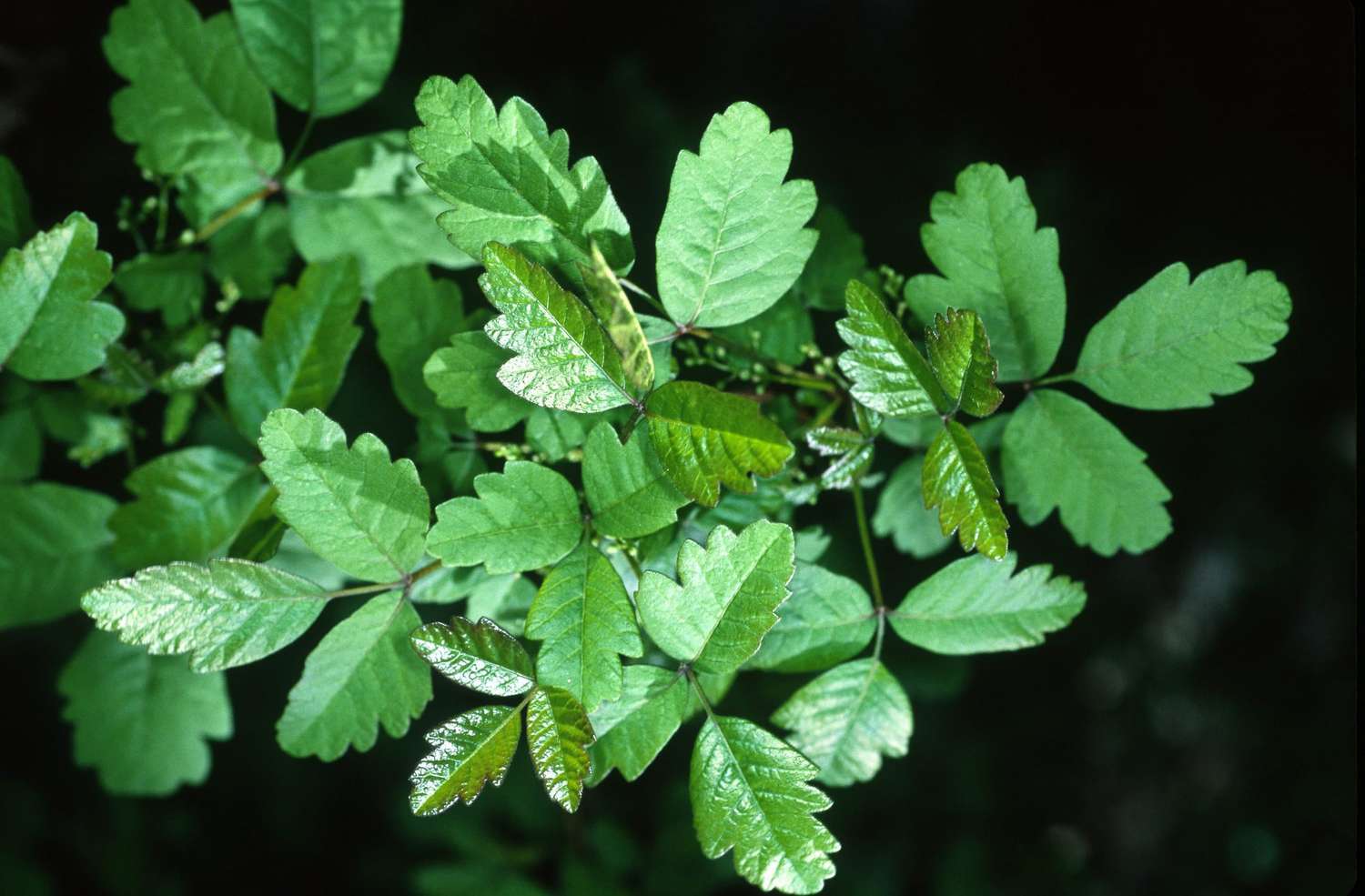
- Scientific Name: Toxicodendron diversilobum
- Sun Exposure: Full Sun, Full Shade
- Soil Type: Moist, Acidic (pH 0.0-7.0)
This woody vine is in the sumac family and packs a painful punch. Its sap also contains the irritant urushiol, which prompts a reaction when it touches the skin and is absorbed. Poison oak is sometimes mistaken for poison ivy. Its leaves, which look much like oak trees, can distinguish it and its shrub form.
Poison Sumac
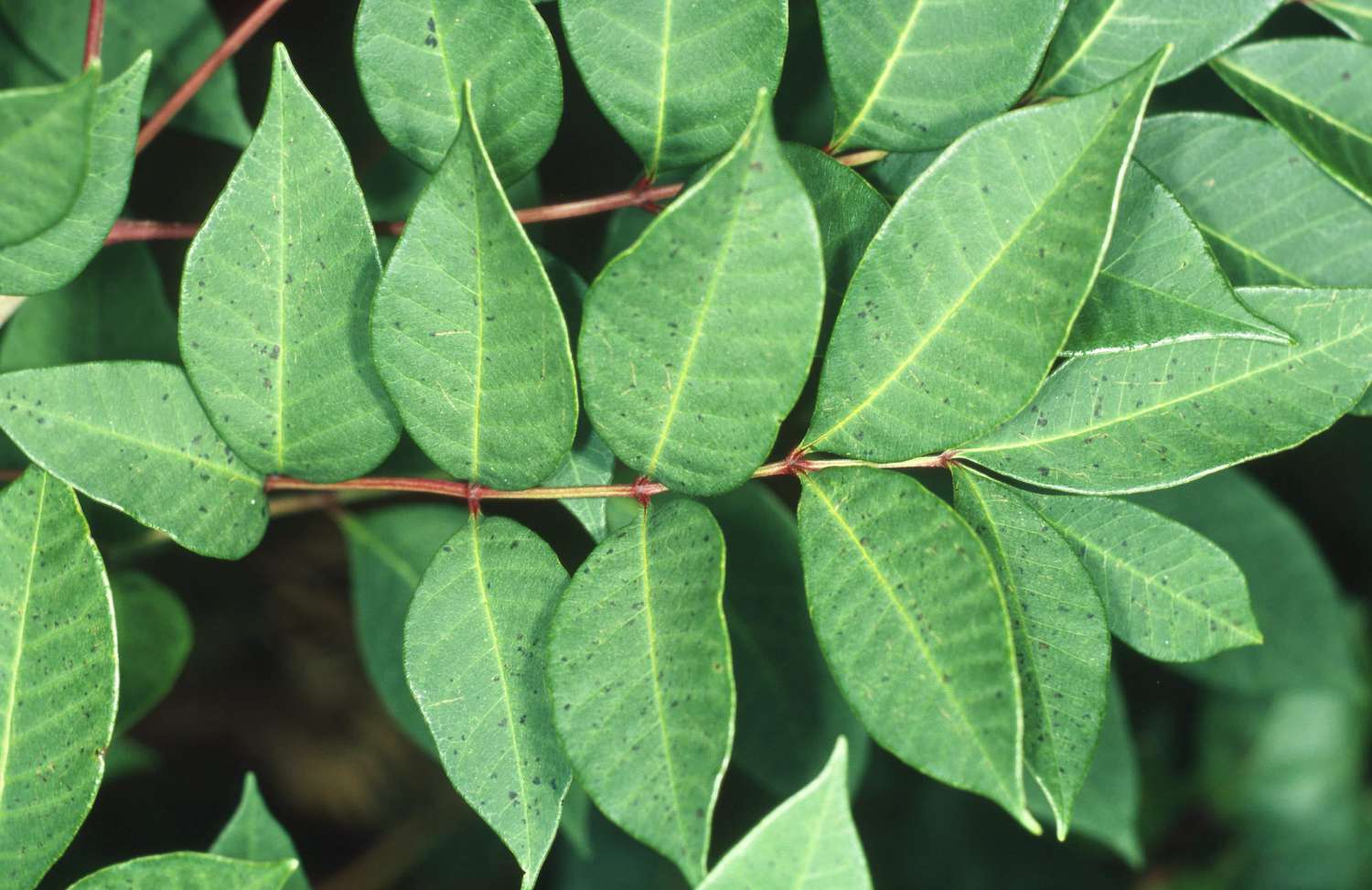
- Scientific Name: Toxicodendron vernix
- Sun Exposure: Full Sun, Partial Shade
- Soil Type: Sandy, Loamy, Moist, Well-drained, Acidic (pH 0.0-7.0)
Poison sumac is a woody shrub found in wetland areas. Touching it is also a direct route to a painful rash. In the South, it’s also commonly known as thunderwood. Not all sumac shrubs are dangerous, but poison sumac is and appears as a shrub, with stems filled with pinnately compound leaves (i.e., leaves growing in pairs). It also has clusters of green berries. Harmless sumac, on the other hand, has red berries.
Stinging Nettle
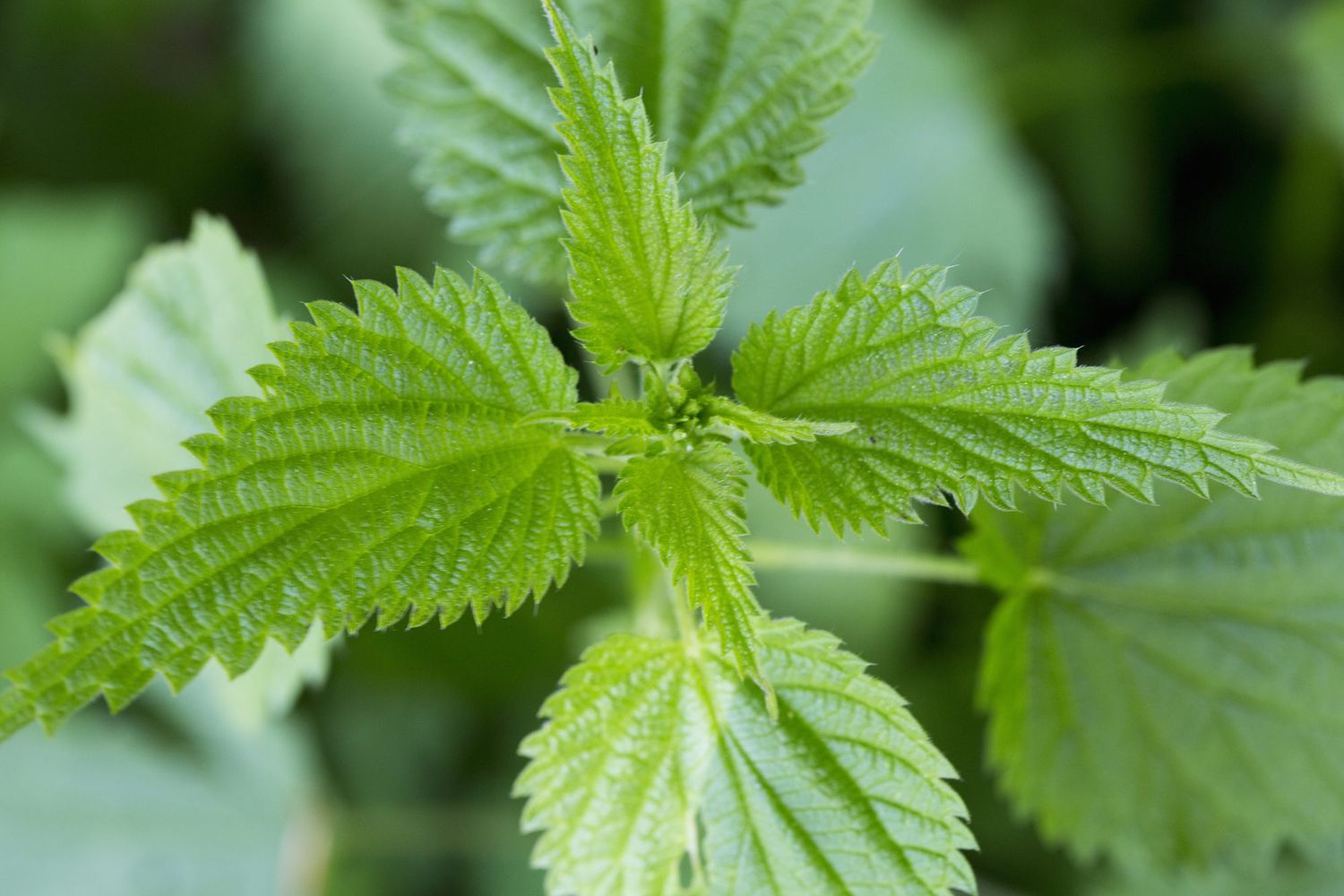
- Scientific Name: Urtica dioica
- Sun Exposure: Full or Partial
- Soil Type: Rich, Moist, Acidic to Alkaline (pH 5.0 to 8.0)
Pain and itching follow a brush with stinging nettle. Covered in tiny stinging hairs, its leaves and stems release irritants when they come into contact with skin. Touching these needle-like spines will make skin sting (hence the name) and sometimes break out in inflammation.
Bittersweet Nightshade

- Scientific Name: Solanum dulcamara
- Sun Exposure: Full Sun, Partial Shade
- Soil Type: Moist, Loamy, Mildly Acidic (pH 6.1 to 6.5)
Poisonous to pets and humans, bittersweet nightshade blooms in clusters from late spring to late summer. The red berries make this perennial vine. The shrub’s flowers emerge in shades of purple, and its roots grow just below the soil in a horizontal formation. Bittersweet nightshade can spread along the ground or train to climb structures, trees, or other vertical fences. This plant was brought to North America as an ornamental species and is native to Eurasia.
Poison Hemlock
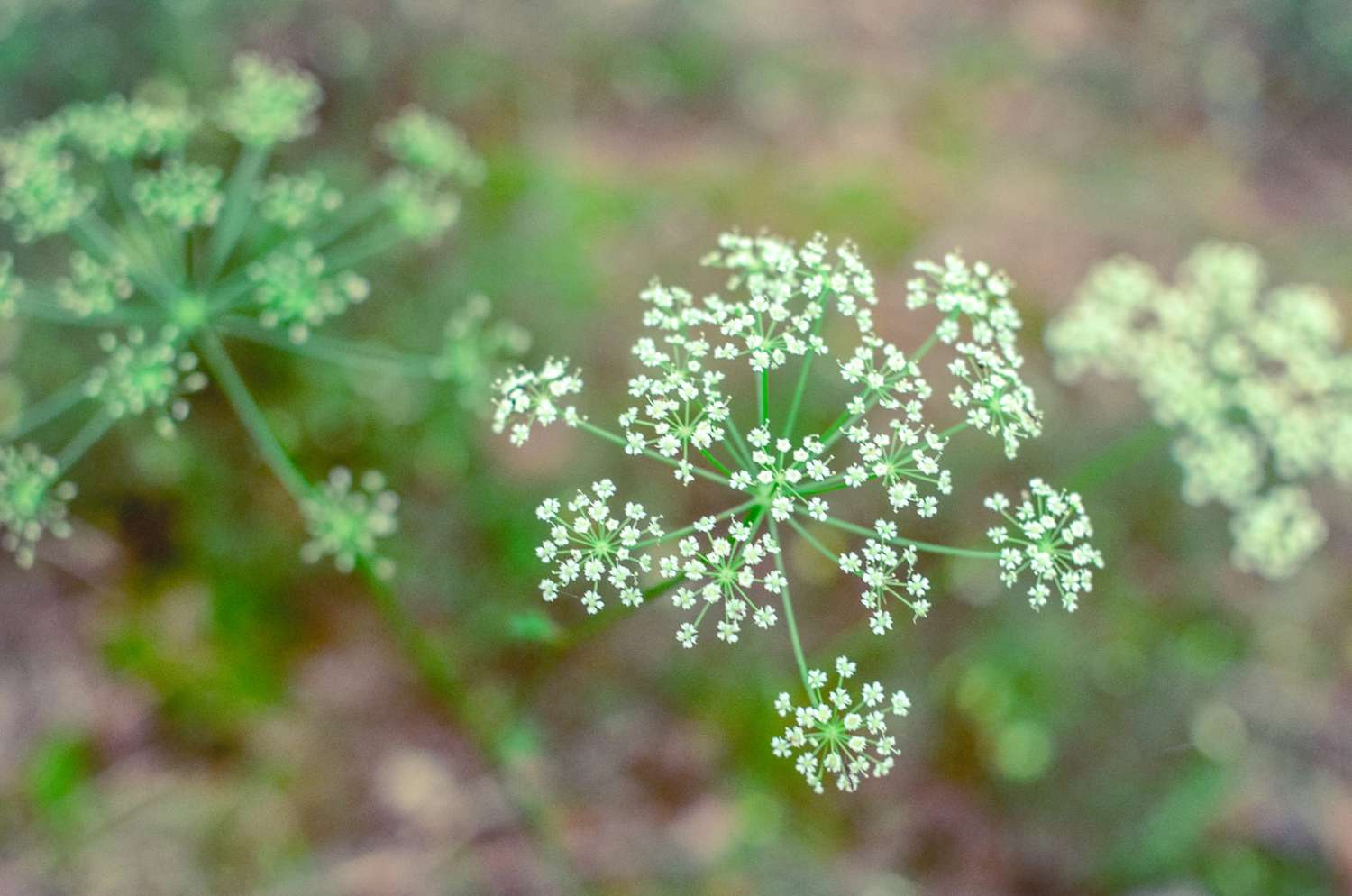
- Scientific Name: Conium maculatum
- Sun Exposure: Full Shade
- Soil Type: Moist, Light, Loamy, Clay, Mildly Acidic (pH 0.0-7.0)
Also known as wild hemlock, this flowering plant is a very poisonous member of the carrot family. Native to Europe and North Africa, poison hemlock resembles parsley but can be dangerous if consumed. The toxins also absorb through the skin, so wearing gloves is always essential when assessing this weed.
Deadly Nightshade
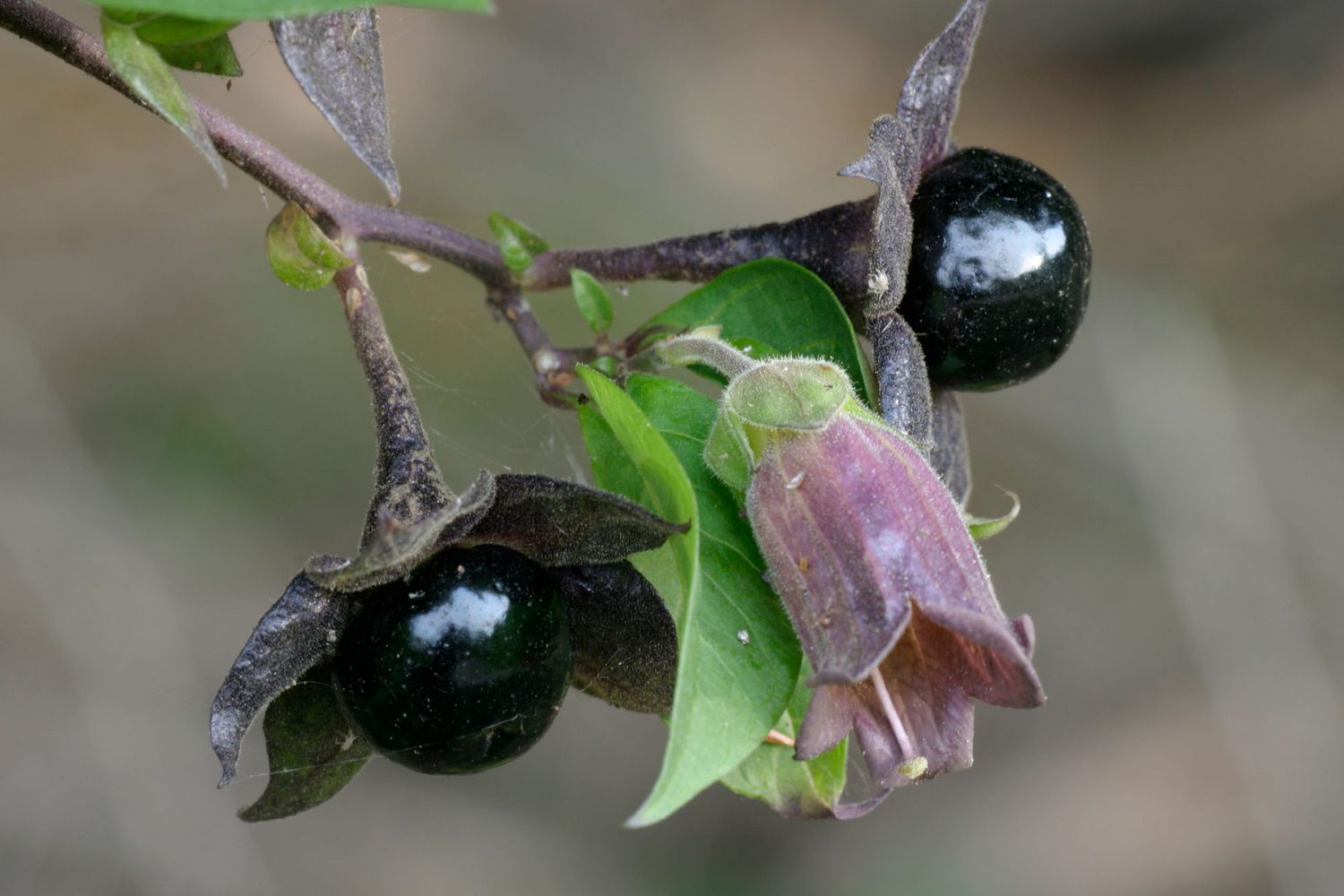
- Scientific Name: Atropa belladonna
- Sun Exposure: Full Sun, Partial Shade
- Soil Type: Sandy, Stony, Loamy, Acidic (pH 0.0-6.0)
Native to Eurasia, this is one of the most highly poisonous plants in the Western Hemisphere. When consumed, the bell-shaped flowers can cause death, and contact with its leaves (just gently brushing your leg) can cause blisters to form. This perennial plant has long branches and oval-shaped, smooth leaves. The unique flowers are a shade of purple and green, blooming from June to September. Deadly nightshade also displays blackberries, but these are also very toxic.
Jimson Weed

- Scientific Name: Datura stramonium
- Sun Exposure: Full Sun, Partial Shade
- Soil Type: Well-drained, Neutral (ph 6.5 to 7.5)
Jimson weed is a flowering plant in the nightshade family known by a variety of additional common names, including thorn apple, devil’s snare, or devil’s trumpet. This wild herb is possibly native to Central America but grows throughout the United States, typically from May to September. This plant is toxic, and the seeds contain alkaloid compounds that can be deadly if ingested. The flowers of jimson weeds are white or violet and trumpet-shaped, producing a spiny fruit.